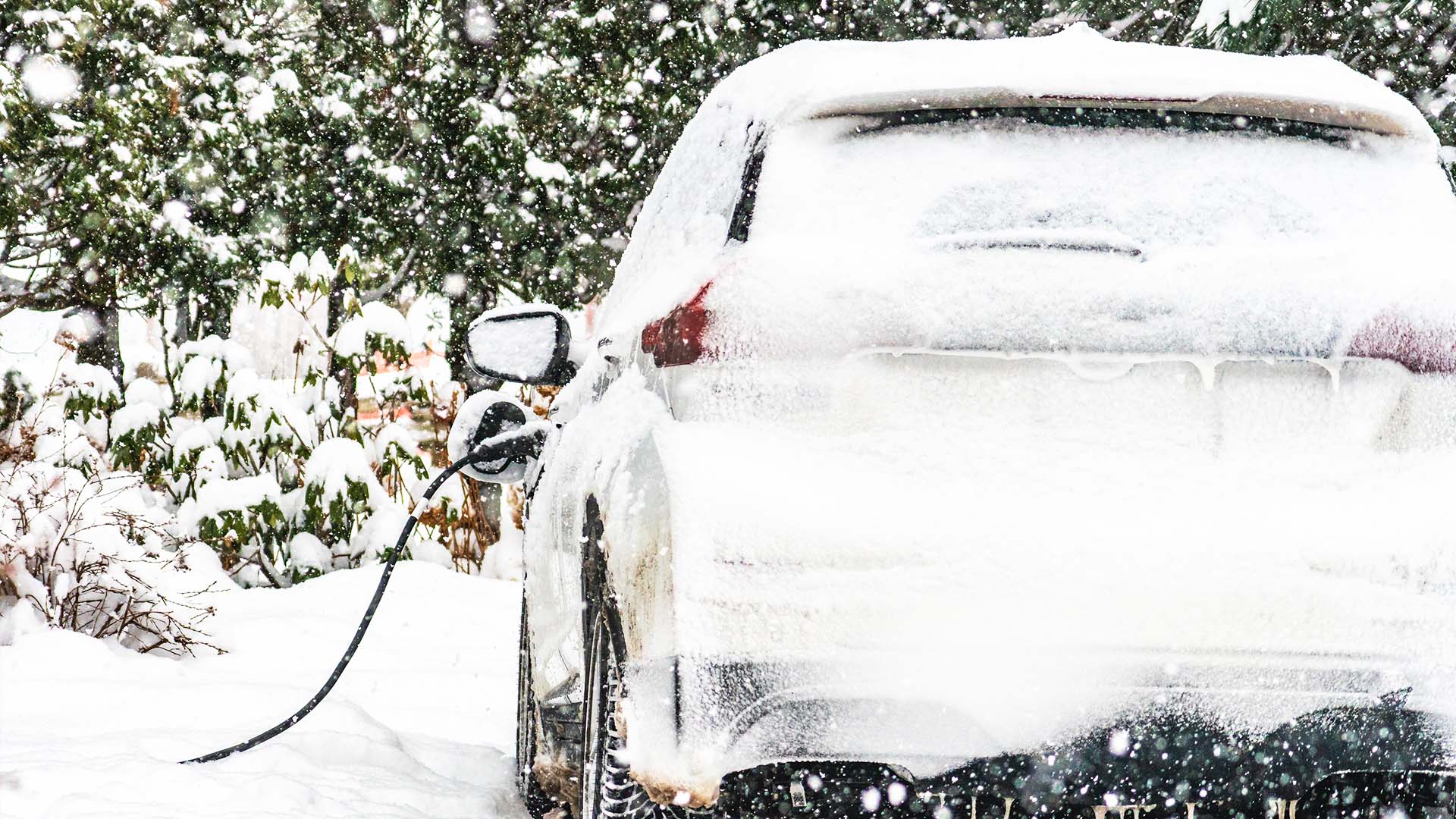In recent times, electric vehicles (EVs) have been gaining traction as a cleaner and more sustainable alternative to traditional gaspowered cars. However, as more EVs hit the roads, concerns about their performance in extreme weather conditions, such as the recent cold temperatures in the Chicago metropolitan area and across the country, have come to the forefront.
The Cold Reality for Tesla Owners
Tesla owners are reporting difficulties in charging their electric vehicles during the recent Arctic blast of cold air. The frigid temperatures are causing delays in charging, with some motorists experiencing dead batteries and malfunctioning charging stations. Brandon Welbourne, a Tesla owner, expressed frustration, stating, “Our batteries are so cold it’s taking longer to charge now. It should take 45 minutes, but it’s taking two hours for the one charger that we have.”
This issue isn’t unique to Tesla, any electric device utilizing a lithium ion battery can be affected by colder climates. The problem is exacerbated as cold weather increases energy consumption, requiring more power for driving, cabin heating, and battery heating. NPR points out that, of the 1.2 million EVs sold in the US last year, 55 percent were Tesla models, making the impact more pronounced for Tesla owners.
Extreme Weather Challenges for Electric Vehicles
This isn’t the first time EVs have faced challenges due to extreme weather. In 2022, following Hurricane Ian, at least a dozen electric cars caught fire when exposed to salty floodwaters, causing them to short circuit. The incident highlighted the vulnerabilities of EVs in adverse conditions and raised questions about their overall readiness for extreme weather events.
Tesla’s Guidance and Precautions
Tesla, a prominent player in the EV market, provides guidance in its owner’s manual to address cold weather challenges. The company advises motorists to drive to a charging location 30-45 minutes away or precondition the battery before driving, allowing it to warm up sufficiently for charging. The manual also notes that a blue snowflake icon will appear on the car’s touchscreen when the battery is too cold.
The Pros and Cons of Electric Vehicles
While EVs offer numerous benefits, including reduced emissions and lower operating costs, they are not without their drawbacks. Extreme weather conditions, such as those experienced in Chicago, underscore some of these challenges. On the positive side, electric vehicles contribute to environmental sustainability and reduce our dependence on fossil fuels. However, the recent incidents shed light on the need for further technological advancements to enhance the resilience of EVs in diverse weather conditions.
In Conclusion – My Personal Take
After carefully examining the challenges faced by Tesla owners and other electric vehicle users in extreme weather, I find myself questioning whether we are truly ready for the widespread adoption of electric vehicles. The inconveniences caused by cold temperatures and the potential dangers exposed by events like Hurricane Ian make me hesitant to embrace EVs wholeheartedly.
While the electric vehicle market is undoubtedly evolving, the current issues highlight the importance of addressing technical limitations before we can confidently declare our readiness for a fully electric future. For now, considering the difficulties faced by Tesla and other EV owners in extreme weather, I’ve decided to hold off on making the switch to an electric vehicle. The promise of a greener future is appealing, but the practical challenges cannot be ignored at this current moment.

